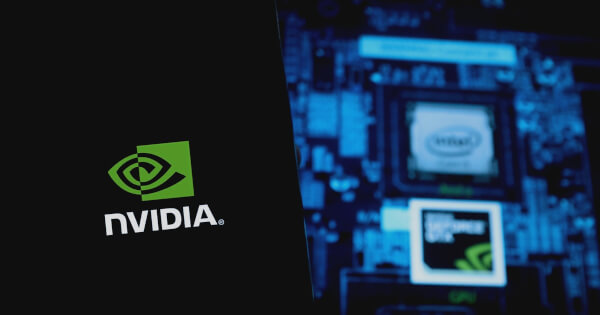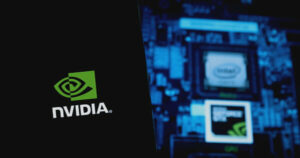Joerg Hiller
Oct 20, 2025 16:49
NVIDIA collaborates with national labs to integrate AI into molecular dynamics simulations, enhancing scalability and efficiency for large-scale scientific research.
NVIDIA, in collaboration with Los Alamos and Sandia National Laboratories, has introduced a groundbreaking integration of artificial intelligence into molecular dynamics (MD) simulations, according to NVIDIA’s official blog. This advancement promises to enhance scalability and efficiency, making it a pivotal development for computational chemistry and materials science.
Integration of PyTorch-Based Models
The integration utilizes PyTorch-based machine learning interatomic potentials (MLIPs) within the LAMMPS MD package via the ML-IAP-Kokkos interface. This setup is designed to streamline the connection of community models, allowing for seamless and scalable simulations of atomic systems. The interface supports message-passing MLIP models and leverages LAMMPS’s built-in communication capabilities for efficient data transfer between GPUs, crucial for large-scale simulations.
Collaborative Development and Features
Developed through a joint effort by NVIDIA and the national labs, the ML-IAP-Kokkos interface employs Cython to bridge Python and C++/Kokkos LAMMPS, ensuring end-to-end GPU acceleration. This interface allows external developers to connect their PyTorch models, facilitating scalable LAMMPS simulations. The system is capable of handling large datasets, enabling researchers to study chemical reactions and material properties with unprecedented accuracy and speed.
Benchmarking and Performance
The interface’s performance was benchmarked using HIPPYNN models across up to 512 NVIDIA H100 GPUs, demonstrating significant speed improvements. These tests showcased the efficiency gains from using the communication hooks, which reduce ghost atoms, thereby optimizing the simulation process. The integration allows for a reduction in total atoms processed, leading to notable speedups in simulation times.
Comparative Analysis with MACE Integration
Further testing involved comparing the ML-IAP-Kokkos interface with the MACE MLIP, revealing that the new plugin offers superior speed and memory efficiency. This is attributed to model acceleration through cuEquivariance and improved message-passing capabilities within the interface.
Future Implications
The ML-IAP-Kokkos interface positions itself as a crucial tool for multi-GPU, multi-node MD simulations using MLIPs. It bridges the gap between modern machine learning-based force fields and high-performance computing infrastructures, allowing researchers to simulate extremely large systems efficiently. The integration of AI in molecular dynamics represents a significant leap forward in computational research, promising to drive future innovations in the field.
For more information, visit the NVIDIA blog.
Image source: Shutterstock









